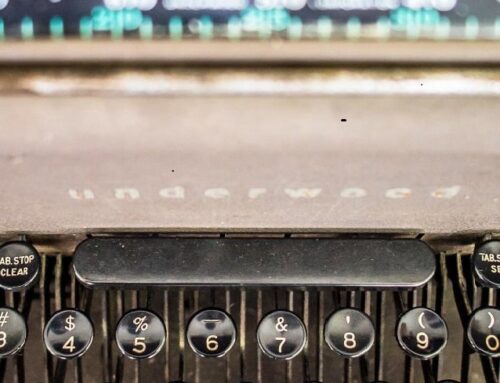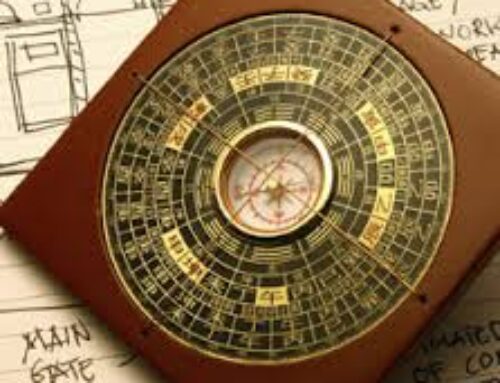MILAN, Italy — Have you ever noticed how certain places have the ability to make us feel at ease, while other places fail to welcome us in the right way? Why is that? What can help us to exist in harmony with the spaces in which we live? A great help is Feng Shui (FS), an ancient Chinese discipline that is currently so fashionable as well as being distorted by its true meaning by some misinformation and superficiality of self-proclaimed experts. Therefore, we have asked Paola Neglia, consultant and teacher of Chue Style Feng Shui since 2008 to shed some light on the topic. She studied in Milan at the school certified by the Chue Foundation International http://www.chuestyle-fengshui.it/ , founded by Grand Master Chan Kun Wah.
Feng Shui in professional and public places. An example of application of Feng Shui in HUB MILAN stores

Feng Shui in professional and public places. An example of application of Feng Shui in HUB MILAN stores

Lo Pan

What are the elements that distinguish the authentic FS from ‘vulgar imitation’? “We in the industry called fake FS ‘Fast Feng Shui’ or ‘Pop FS’: some self-taught FS teacher or expert who has read all the books on the subject. FS works in all aspects of life, so it is essential to look for serious professionals: it takes at least two years of study to learn the basics and be authorized to provide counselling; then, it is essential to practice. Each consultation is unique and personalised. The same advice is not suitable for everyone nor can it be given from a distance”. In fact, the FS has no fixed rules on how a house should be, “each person has different energetic constitution and life goals, so the manuals may be too general and not very effective. Let me give you an example: a common belief attributed to FS says the bed should be facing north, a very cold and dark area from the energetic point of view, but this area could exacerbate depression! Therefore, you need an expert”.
FS is not synonymous with home-neutral, or bio-architecture, it is not magic or superstition: having at home Chinese coins to attract abundance or gold dolphins to attract the love of your life, are part of Chinese superstitions and beliefs, but this is not FS!
We must take into account a person’s taste and the culture
“We must take into account a person’s taste and the culture in which he or she is fully immersed. Including rare elements in an environment would not help, to the contrary, I am sure if I put a Chinese red light in a living room in Milan, it would be a nuisance instead! We need to work with what surrounds us and what we like”, continues Paula. Nevertheless, the starting point of any assessment of an environment is to be aware of what you are doing, “to change something in your home you must first understand why you need a change and what should be changed. If the environment in which we live doesn’t represent our personality any more or we’re trapped in some aspect of our life, then we need to renew the environment to sustain us in a new stage of life”.
And what does the FS says about trends and fashion? “After an in-depth energy analysis, it may be suggested to wear the colour that recalls the most suitable energy to a person, but if his house is in disharmony, the person may not benefit from it in the long run. Unfortunately there are those who, even in this context, uses the name of FS as an advertisement to attract customers”, finalises the FS expert.
Needless to say, beware of imitations and avoid the do-it-yourself Feng Shui!
Courtesy by: Paola Neglia | Photography by: Fotolia and Paola Neglia | Edited by: Elizabeth Deheza

By Raffaella Quartero www.thefashionglobe.com/author/raffaela/
Raffaella is Italian Editor for a company that publishes books on food and wine. Her great passion, however lies in interior design and home decor and she is partial to using unqiue fabrics, colours and wallpapers. Raffaela loves design, photography, sewing, antique markets and “creative recycling” creating decorative objects, ornaments and furniture for home and is in constant search for new sources of inspiration.





